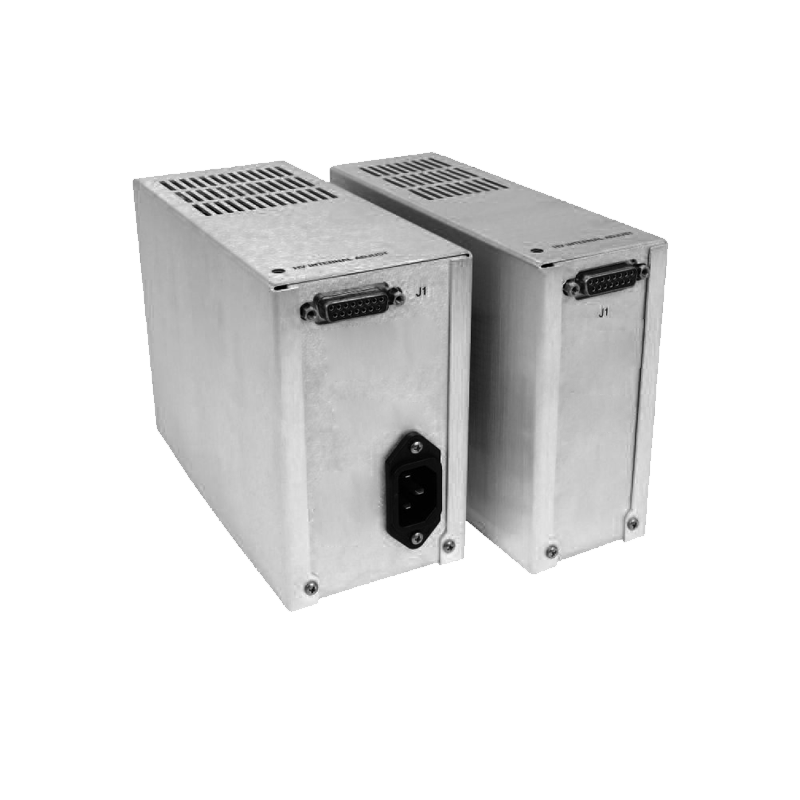The Application and Challenges of High Voltage Power Supplies in Magnetic Resonance Imaging Devices
Application of High Voltage Power Supplies in Magnetic Resonance Imaging (MRI) Devices
1. **Magnetic Field Generation:** At the core of MRI devices lies a powerful magnetic field used to excite the resonance of atomic nuclei. High voltage power supplies provide the necessary current to the magnet, generating a strong magnetic field to ensure accurate acquisition of NMR signals.
2. **Radiofrequency Signal Generation:** High voltage power supplies are also responsible for supplying the high-frequency power needed for radiofrequency (RF) signals. These signals are used to excite nuclear spins, generating resonance signals for obtaining high-quality images.
3. **Gradient Field Control:** High voltage power supplies are involved in controlling gradient coils, which fine-tune the magnetic field in different directions for obtaining more precise image information.
**Significance of High Voltage Power Supplies**
1. **Stability and Precision:** In MRI devices, the stability and precision of the magnetic field are crucial for image quality. High voltage power supplies must provide stable current to ensure consistent magnetic field generation, ensuring the accuracy and comparability of images.
2. **High Power Requirements:** RF signals require high-power sources to ensure signal strength sufficient for detecting minute nuclear spin signals. High voltage power supplies must meet the device's high-power requirements while maintaining signal stability.
3. **Precision Control:** Fine-tuning of gradient fields is essential for acquiring high-resolution images. High voltage power supplies must offer precise control to adjust gradient coils, ensuring that magnetic field variations in different directions meet the specified requirements.
**Challenges of High Voltage Power Supplies in MRI Devices**
1. **Heat Management:** The high power of RF signals and the control of large currents for the magnet can lead to device heating. Heat management becomes a challenge, requiring effective cooling systems to maintain device stability.
2. **System Integration:** In modern medical devices, seamless integration of components is crucial to ensure device stability and performance. The design of high voltage power supplies needs to consider synergy with other components to avoid interference and malfunctions.
3. **Safety Requirements:** Medical devices demand high levels of safety, and the design of high voltage power supplies must comply with strict medical standards to ensure that the device poses no potential risks to patients and healthcare professionals during usage.
In conclusion, the application of high voltage power supplies in MRI devices is of paramount importance, directly impacting the performance and imaging quality of the equipment. As medical technology continues to advance, the technical proficiency and stability of high voltage power supplies will remain a focal point in the medical imaging field, promoting the wider application of MRI technology in clinical practice.




















